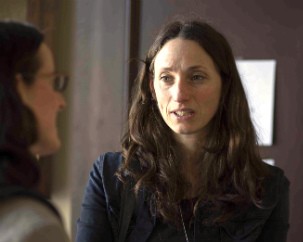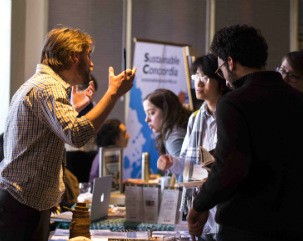David Lank, program coordinator with the John Molson School of Business’ David O’Brien Centre for Sustainable Enterprise, was among the attendees. This is what he had to say about the event.
I came into the Partnerships for the Living City: Promoting Urban Biodiversity conference with a different frame of mind than I would have a couple of years ago. I am now a parent of two young children. An unforeseen benefit of parenthood is that you become a little less self-absorbed. You focus on your kids’ needs and wonder what the future will be like for them on this planet. This conference taught me that city living will be a very different experience for them as they grow up.
The LSRC counts 25 researchers from 12 departments among its ranks; these investigators focus on issues like biodiversity conservation, climate-change mitigation and more.
Cities currently occupy two per cent of the planet, yet use 75 per cent of its natural resources.
According to the United Nations, by 2050 the global urban population is expected to double, with 60 per cent of people living in urban areas.
 Marianne Giguère, Plateau Mont-Royal Councillor, talks urban planning issues with Laura Shillington, PhD Geography at Concordia. | All photos by Sebastian Furtado
Marianne Giguère, Plateau Mont-Royal Councillor, talks urban planning issues with Laura Shillington, PhD Geography at Concordia. | All photos by Sebastian Furtado
 David Maddox, founder and editor of the Nature of Cities, fields questions from conference attendees about biodiversity in Manhattan, his hometown.
David Maddox, founder and editor of the Nature of Cities, fields questions from conference attendees about biodiversity in Manhattan, his hometown.
 A representative from Sierra Club Canada talks about his organization during the research and trade fair.
A representative from Sierra Club Canada talks about his organization during the research and trade fair.
 Katja Neves, associate professor of Sociology of the Environment and Social Sustainability at Concordia, talks biodiversity in Montreal with a student.
Katja Neves, associate professor of Sociology of the Environment and Social Sustainability at Concordia, talks biodiversity in Montreal with a student.